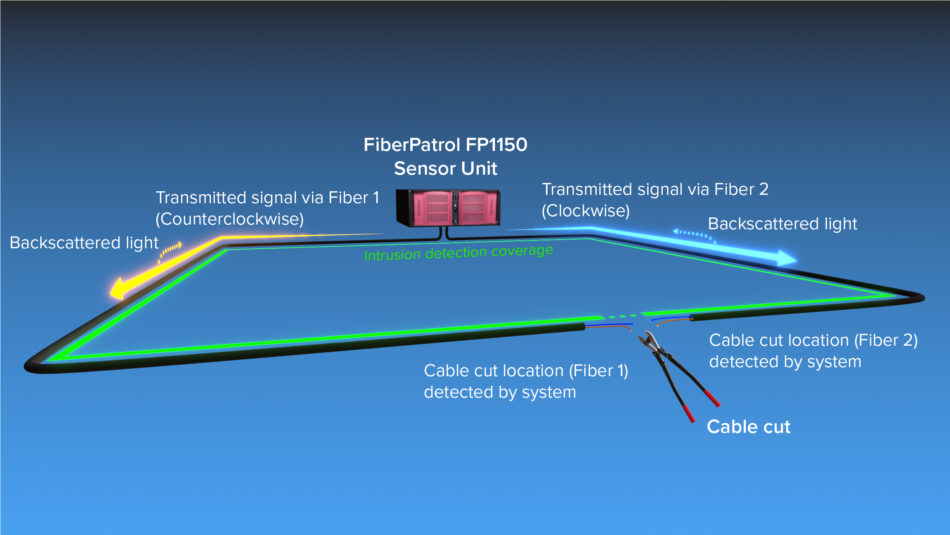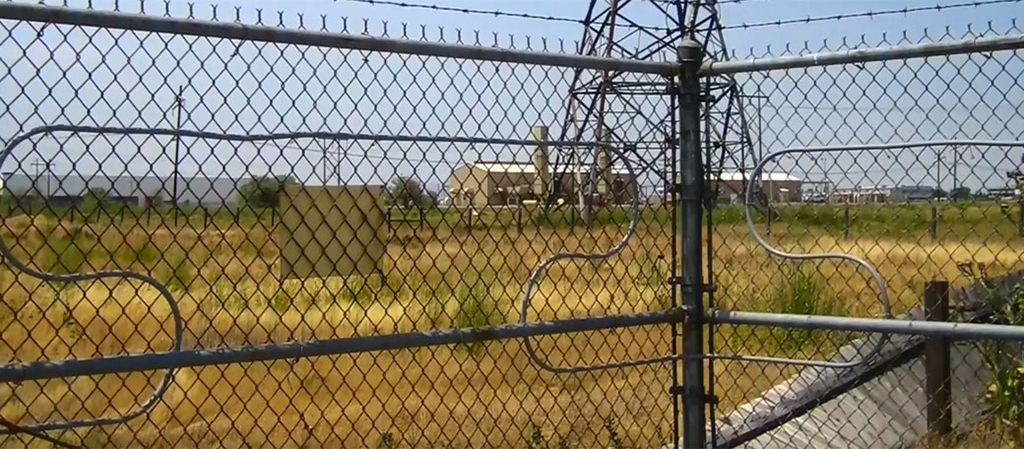The Advantages of a Fiber Optic Security System for Next-Generation Security Solutions
The Advantages of a Fiber Optic Security System for Next-Generation Security Solutions
Blog Article
Improve Your Safety And Security With Advanced Fiber Optic Safety Solutions
In an age where safety is extremely important, sophisticated fiber optic security systems present an engaging remedy for enhancing safety across different environments. These systems not just boast exceptional transmission capacity and rate for high-resolution monitoring however also supply exceptional durability versus outside interferences. As companies increasingly look for reputable means to secure their properties, the combination of cutting-edge technologies like AI and IoT within fiber optic structures elevates essential inquiries concerning their performance contrasted to traditional systems. What implications do these advancements hold for future safety measures?
Advantages of Fiber Optic Security
Harnessing the advantages of fiber optic technology considerably boosts safety systems throughout various applications. One of the main benefits is the increased data transfer capability, enabling the transmission of large quantities of information at broadband. This is specifically critical for real-time video monitoring, where high-resolution feeds can be sent out without latency, ensuring immediate feedback abilities.
In addition, fiber optics show remarkable resistance to electro-magnetic interference, which is essential in atmospheres with possible signal disruptions. This reliability guarantees consistent efficiency in essential safety operations. Fiber optic cable televisions are less prone to touching and unapproved accessibility compared to typical copper electrical wiring, thus boosting information stability and confidentiality.
One more significant advantage is the toughness of fiber optic systems; they are extra immune to environmental factors such as moisture, temperature level variations, and destructive compounds. This durability translates to decrease upkeep expenses and longer lifespans for safety and security setups.
Lastly, the lightweight nature of fiber optic cords promotes simpler setup and directing, specifically in complicated frameworks (fiber optic security system). Ultimately, the assimilation of fiber optic innovation right into safety systems not just bolsters protection steps yet likewise enhances functional efficiency
Trick Features to Consider
When reviewing fiber optic safety and security systems, numerous key attributes need to be taken into consideration to ensure optimal efficiency and efficiency. First, examine the system's detection array and sensitivity; a comprehensive variety permits checking big locations, while high level of sensitivity guarantees that also minor disturbances are found immediately.
Following, think about the integration abilities of the system. A fiber optic protection system should seamlessly interface with existing safety and security measures such as electronic cameras and alarms, creating a cohesive safety and security network.
Resilience and environmental resistance are likewise critical attributes. Guarantee that the system is made to withstand harsh climate problems and potential physical hazards, as this will certainly prolong its functional life expectancy.

Finally, check into the scalability of the system. A robust fiber optic protection system need to be quickly expandable to suit future requirements without significant overhauls. By thoroughly taking into consideration these attributes, you can choose a fiber optic protection remedy that boosts safety and security in your setting.
Setup Refine Overview
To efficiently implement a fiber optic safety system, a methodical setup procedure is crucial. This process begins with a detailed website assessment to figure out the particular safety needs and to determine optimal locations for fiber optic wires and safety and security devices. Following this evaluation, the installation group will create a thorough strategy, including cord paths, essential devices, and compliance with regional laws.
Next, the installation includes laying the fiber optic cable televisions, ensuring they are protected from ecological elements and physical damage. Correct handling strategies are vital, as fiber optic cords are sensitive and can be quickly damaged. After the cabling is mounted, connectors and terminations are meticulously finished to make sure signal honesty.
The subsequent phase contains installing safety tools such as cameras, motion detectors, and alarm system systems, all incorporated with the fiber optic network. Rigorous testing is conducted to validate that all elements are operating appropriately and to ensure ideal efficiency.

Contrasting Fiber Optic to Conventional Systems
The development of safety technology has caused significant innovations in the contrast between fiber optic systems and standard copper-based systems. Fiber optic systems utilize light to transmit data, supplying superior data transfer and rate contrasted to their copper equivalents. This my blog causes improved information transmission abilities, making optical fiber optimal for high-resolution video security and real-time tracking.
Additionally, fiber optic cable televisions are resistant to electromagnetic interference, decreasing the chance of signal deterioration triggered by external elements. This particular ensures consistent efficiency, even in challenging environments. In contrast, standard copper systems are much more at risk to interference, causing prospective susceptabilities in security applications.
Toughness is one more benefit of fiber optic systems. They are much less vulnerable to harm from environmental variables such as dampness and temperature changes, which can compromise copper circuitry. Additionally, fiber optics are lighter and thinner, enabling for less complicated installation and minimized physical impact.
However, typical systems often tend to have reduced first prices, making them attractive for budget-conscious jobs. While fiber optic systems might need a higher ahead of time investment, their long-lasting benefits-- such as lower upkeep costs and better dependability-- typically outweigh the first cost, placing them as an exceptional selection for contemporary safety needs.
Future Trends in Protection Modern Technology
Arising patterns in safety technology are positioned to transform the landscape of surveillance and hazard discovery - fiber optic security system. As organizations significantly encounter advanced threats, technologies such as artificial knowledge (AI) and artificial intelligence (ML) are becoming essential to safety systems. These technologies enhance the ability of fiber optic systems by allowing real-time data evaluation, recognizing anomalies, and automating feedbacks to potential breaches
In addition, the integration of the Web of Points (IoT) is transforming safety structures. IoT gadgets can provide detailed situational recognition and facilitate seamless communication between different safety and security elements. This interconnectedness allows for much more Clicking Here reliable monitoring and faster event action times.
Biometric verification is likewise acquiring energy, giving a higher level of safety and security with special physical features. As this innovation advances, it is likely to be included right into fiber optic systems for improved accessibility control.
Final Thought
In conclusion, advanced fiber optic protection systems stand for a considerable advancement in safety and surveillance modern technology. Their superior transmission capacity, resistance to disturbance, and resilience promote trustworthy tracking and data honesty. As these systems integrate AI and IoT capacities, they boost the total security framework, guaranteeing robust defense for assets. The you could try here transition from conventional systems to fiber optic remedies mirrors an expanding trend towards a lot more effective and efficient safety and security steps in an increasingly complex technological landscape.
Report this page